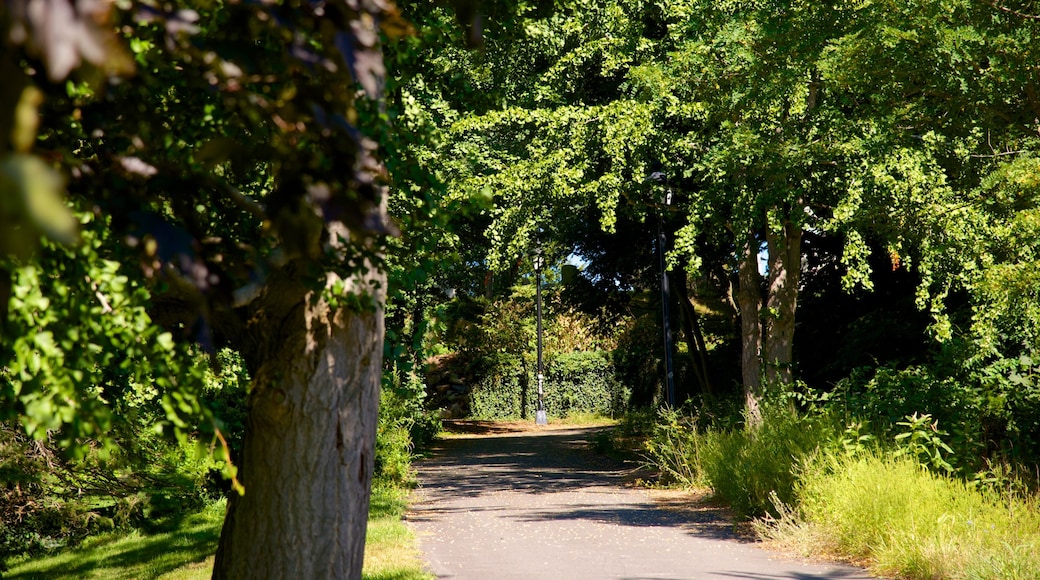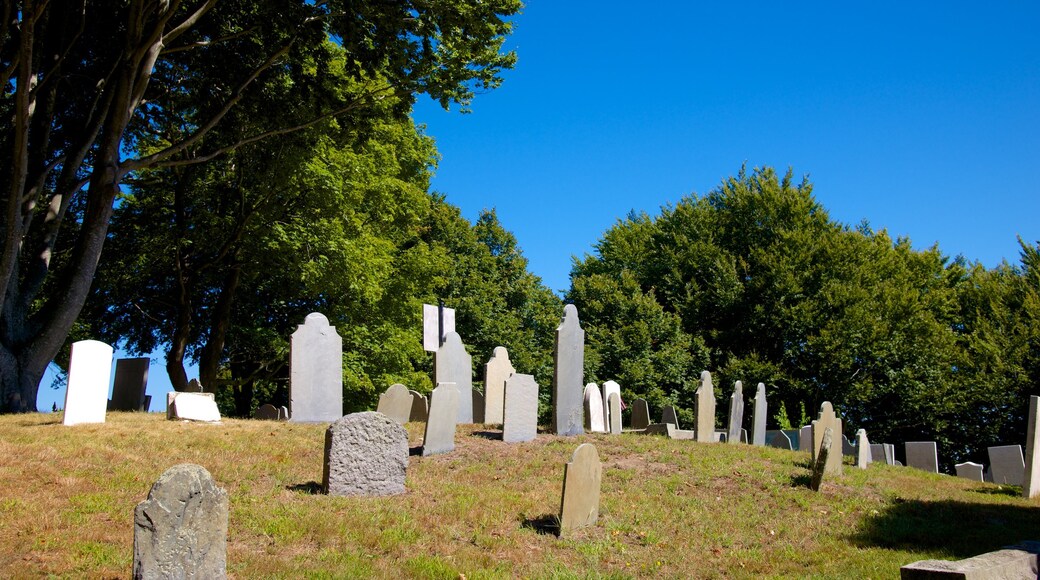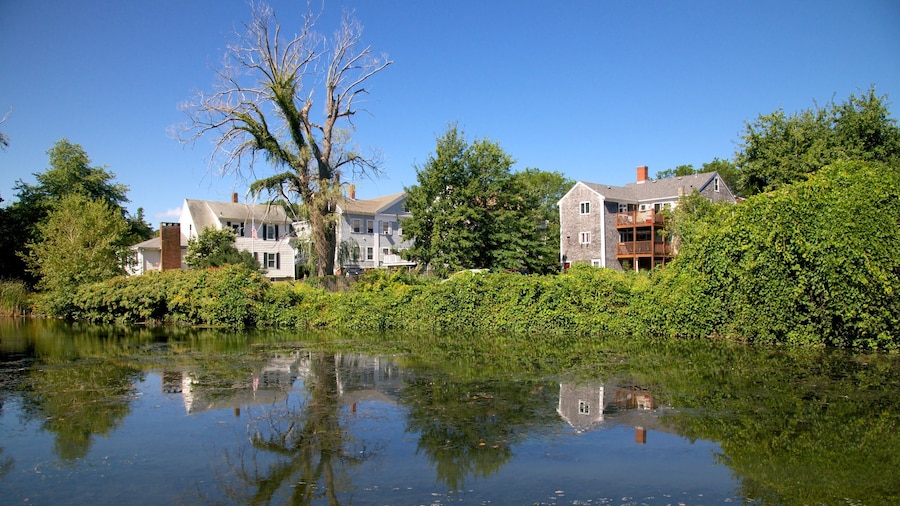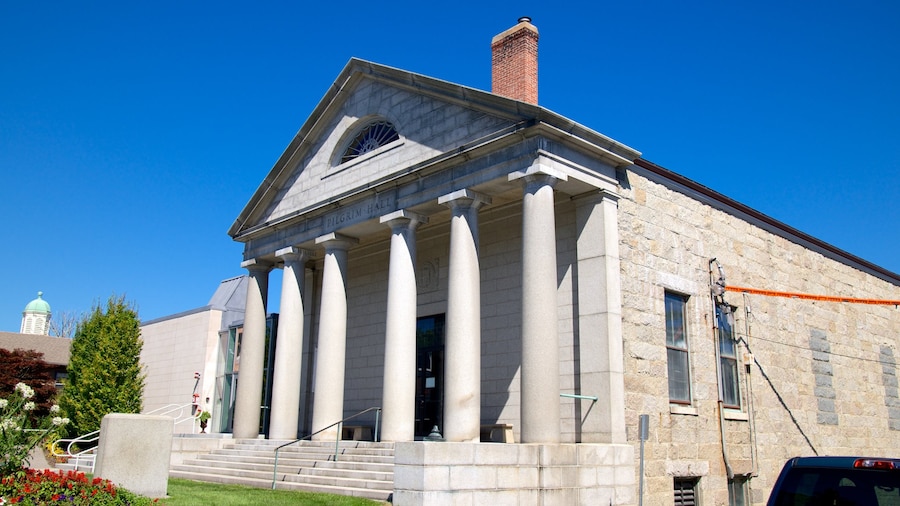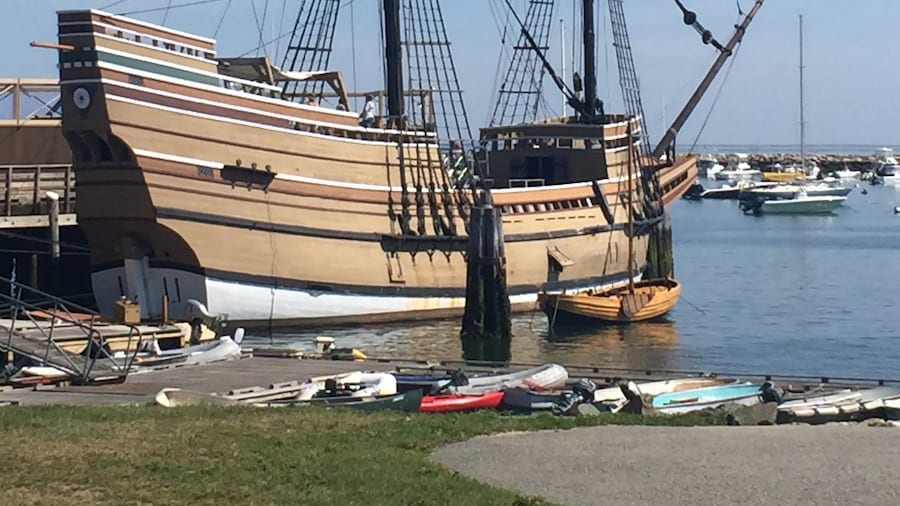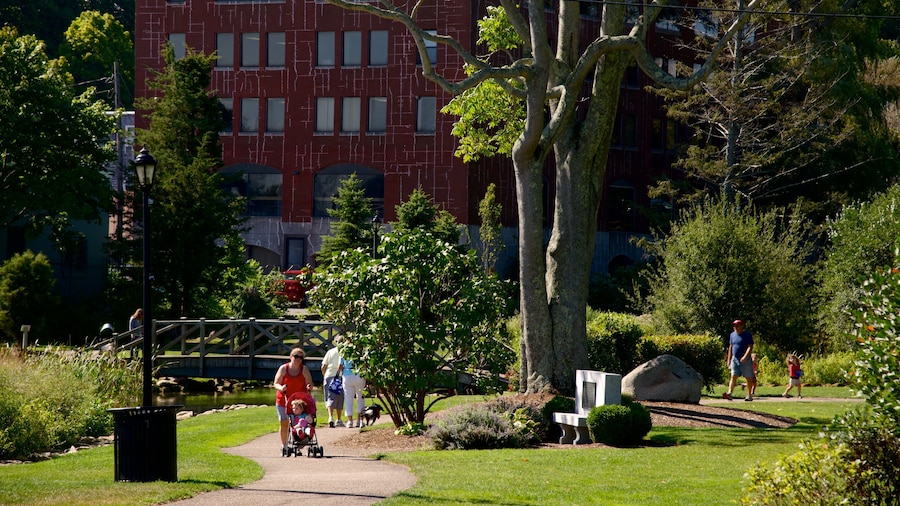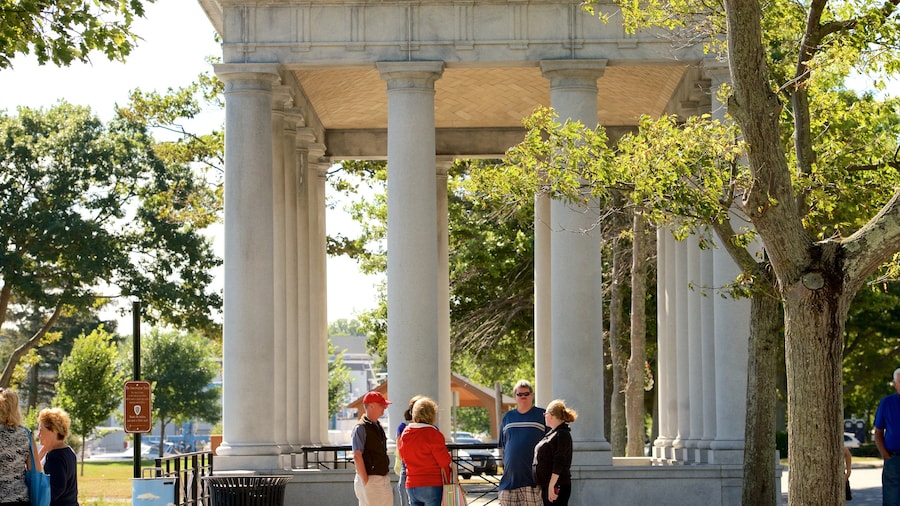Spend time in the company of America’s first journeyers aboard the Mayflower at this cemetery listed on the National Register of Historic Places.
Sloping onto a lonely hilltop overlooking Plymouth, Burial Hill has the rare distinction of being the final resting place of many of America’s earliest settlers. Look for the grave of Squanto, a Patuxet tribesman who aided the Pilgrims’ survival through their first winter in Plymouth. Governor William Bradford, who led the Congregationalist separatist group and produced one of the few lasting literary documents of the Pilgrim era, Of Plymouth Plantation, is also buried here.
Before it became a cemetery, Burial Hill’s location made it the ideal place for the Plymouth Colonists’ defensive fort. Following its time as a fort, the hill became a meeting hall and congregational centre for the First Parish Church in Plymouth. Look among the tombstones here today for graves dating back to the 17th century.
Appreciate the ornate etchings on many of the tombstones, which include images of winged skulls, funerary rituals and religious symbolism. Although these tombstones are not the original wooden grave markers that the Pilgrims used, they are nonetheless precious historical documents. The oldest known one belongs to Edward Grey, who was buried in 1681. Another grave from around that time is that of politician and Revolutionary War hero James Warren.
The cemetery is closed from dusk till dawn, however, there is a chance to visit in the evening as part of the lantern-lit Dead of Night Ghost Tour. Listen to colourful stories about Burial Hill and other haunted sites in Plymouth. If you don’t take a guided tour, be sure to purchase or download Perkins’ The Handbook of Old Burial Hill. In this 1902 reference, find all the information you need for an informed visit to the cemetery.
Enter the cemetery from Leyden Street, Plymouth’s oldest street. If you enter from the base of Burial Hill you’ll notice the First Parish Church building, which since 1899 has hosted the same services that were once given on Burial Hill.
Visit Burial Hill for a stroll through American history and an unbeatable view of Plymouth Harbour.

